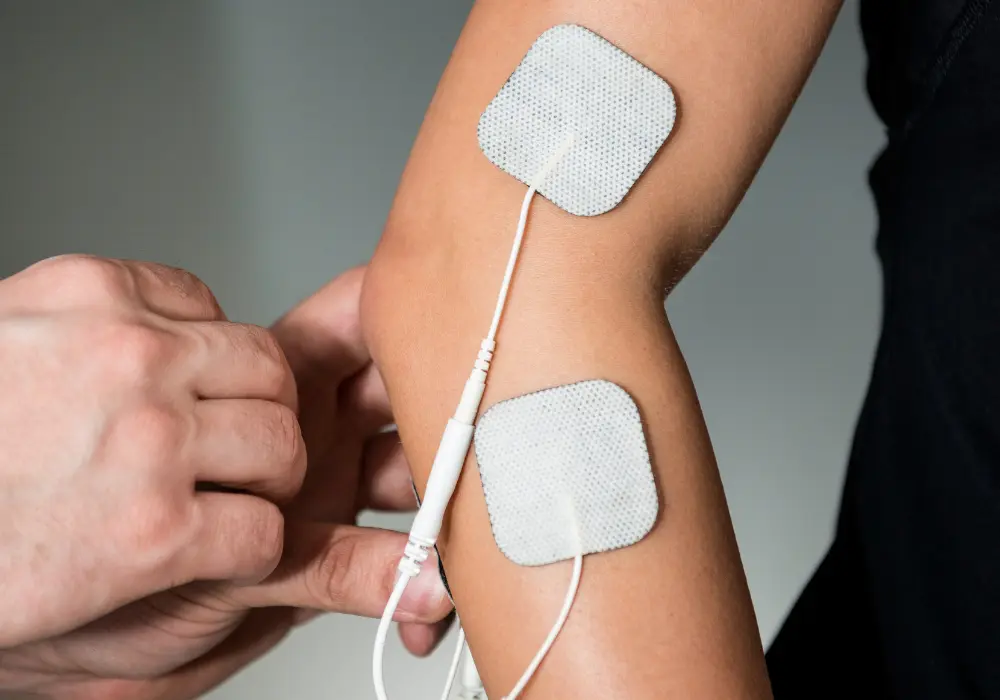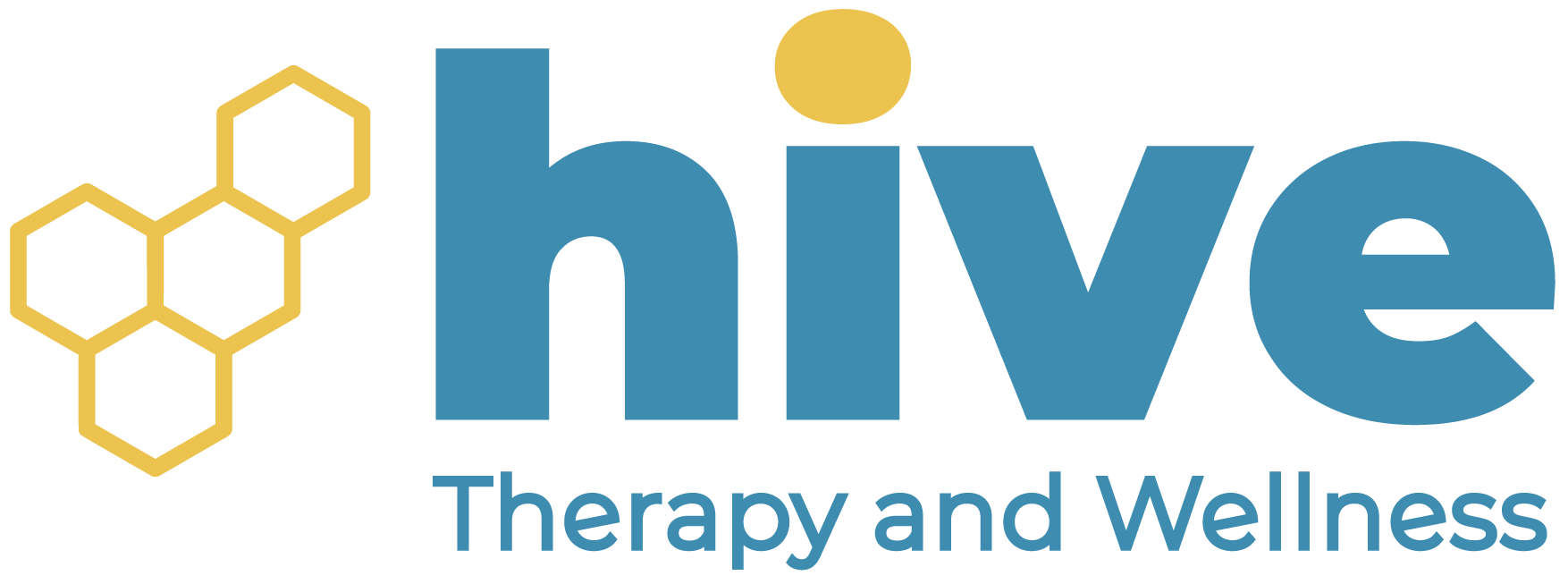Therapeutic Modalities
Therapeutic Modalities
Empowering Movement, Restoring Freedom
Schedule a FREE Discovery Call!
The therapeutic use of heat, cold, needles or other stimulation to promote recovery.
What Are Therapeutic Modalities?
Therapeutic modalities are tools used with movement, exercise, and other physical therapy treatments to help improve your condition and provide pain management.
Modalities may or may not treat the actual cause of the pain, but they can help modulate it, which will allow you to participate in your therapy treatment and other day-to-day activities more fully. These modalities may include:

- Heat therapy
- Often used for soft tissue injuries or recovery, this type of thermotherapy can utilize hot compresses or heat packs to target stiff and sore muscles by increasing blood flow. It is excellent for relieving muscle or joint pain.
- Ice therapy
- Also called cryotherapy, ice therapy involves using cold packs, sprays, or ice baths to relieve topical pain. It also helps reduce swelling, tenderness, and inflammation and can help regulate the nervous system.
- TENS (Transcutaneous Electrical Nerve Stimulation)
- This modality involves a safe, controlled amount of electric current applied to a target area via sticky pads or needles. This current allows for pain relief and brain remapping through the gate control theory. The gate control theory is a dampening switch at multiple levels along the brain’s pain pathway (peripheral nerves, spinal cord, and sensory cortex). Not only can it lessen the amount of pain signals being sent to the brain, but it also modulates how the brain reacts to certain stimuli by releasing endorphins and other endogenous opioids.
- Laser Therapy
- Laser therapy is a non-invasive treatment for reducing inflammation, muscle fatigue, and pain in many areas of the body.
- Dry Needling
- Dry needling is a treatment performed by a physical therapist. It involves a process where very thin needles are placed into the skin to target a specific muscle, group of muscles, or even a myotomal nerve distribution. This treatment can be paired with electrical stimulation and is used to help relieve pain, increase range of motion, and provide other benefits for your muscles.
Who Can Benefit From Therapeutic Modalities?
Therapeutic modalities are suitable for anyone experiencing pain and/or swelling. Your physical therapist will recommend specific therapeutic modalities based on your needs, comfort level, and condition. These modalities help with general pain management and may also allow your other physical therapy treatments to be more manageable.
The provider can teach many of these modalities to the patient, which can also be completed at home—giving the patient a higher level of autonomy and independence with their condition. Because this is an integral part of a comprehensive care plan, many Hive patients can expect to receive or be educated on therapeutic modalities.
What to Expect From Therapeutic Modalities
As with all physical therapy treatments, your therapist will screen for contraindications to choose a safe and suitable modality for your condition. They may also ask about your experience with modalities in the past and whether there were any complications at that time. Different modalities may have different contraindications, so your physical therapist will be sure to conduct a detailed discussion to ensure you receive the best fit. Additionally, they will let you know why they feel a particular modality fits you and obtain your consent before utilizing any pain relief tools.
Your experience with therapeutic modalities can differ depending on the modality chosen. As mentioned, your physical therapist will educate you throughout the process about their rationale for using a particular modality, what you may feel during the treatment, and the expected outcomes. Your physical therapist will trial the modality during your in-office session to monitor your body’s response and to see if it is suitable for at-home pain management. If the results are positive, your provider will educate you on completing the modality outside your therapy session.
In that case, you will be given the resources and instructions on performing it at home. If you cannot complete the therapeutic modality outside of your session, it will be incorporated into your treatment sessions. At Hive Therapy and Wellness, we do not believe in charging people extra for using modalities; we will always charge a flat rate fee for your session regardless of the treatments being administered. As part of your comprehensive care plan, the physical therapist will continue to assess the progress of this at-home practice, and make modifications as needed.
Therapeutic modalities are tools used with movement, exercise, and other physical therapy treatments to help improve your condition and provide pain management. Modalities may or may not treat the actual cause of the pain, but they can help modulate it, which will allow you to participate in your therapy treatment and other day-to-day activities more fully. These modalities may include:
- Heat therapy
- Often used for soft tissue injuries or recovery, this type of thermotherapy can utilize hot compresses or heat packs to target stiff and sore muscles by increasing blood flow. It is excellent for relieving muscle or joint pain.
- Ice therapy
- Also called cryotherapy, ice therapy involves using cold packs, sprays, or ice baths to relieve topical pain. It also helps reduce swelling, tenderness, and inflammation and can help regulate the nervous system.
- TENS (Transcutaneous Electrical Nerve Stimulation)
- This modality involves a safe, controlled amount of electric current applied to a target area via sticky pads or needles. This current allows for pain relief and brain remapping through the gate control theory. The gate control theory is a dampening switch at multiple levels along the brain’s pain pathway (peripheral nerves, spinal cord, and sensory cortex). Not only can it lessen the amount of pain signals being sent to the brain, but it also modulates how the brain reacts to certain stimuli by releasing endorphins and other endogenous opioids.
- Laser Therapy
- Laser therapy is a non-invasive treatment for reducing inflammation, muscle fatigue, and pain in many areas of the body.
- Dry Needling
- Dry needling is a treatment performed by a physical therapist. It involves a process where very thin needles are placed into the skin to target a specific muscle, group of muscles, or even a myotomal nerve distribution. This treatment can be paired with electrical stimulation and is used to help relieve pain, increase range of motion, and provide other benefits for your muscles.
Therapeutic modalities are suitable for anyone experiencing pain and/or swelling. Your physical therapist will recommend specific therapeutic modalities based on your needs, comfort level, and condition. These modalities help with general pain management and may also allow your other physical therapy treatments to be more manageable.
The provider can teach many of these modalities to the patient, which can also be completed at home—giving the patient a higher level of autonomy and independence with their condition. Because this is an integral part of a comprehensive care plan, many Hive patients can expect to receive or be educated on therapeutic modalities.
As with all physical therapy treatments, your therapist will screen for contraindications to choose a safe and suitable modality for your condition. They may also ask about your experience with modalities in the past and whether there were any complications at that time.
Different modalities may have different contraindications, so your physical therapist will be sure to conduct a detailed discussion to ensure you receive the best fit. Additionally, they will let you know why they feel a particular modality fits you and obtain your consent before utilizing any pain relief tools.
Your experience with therapeutic modalities can differ depending on the modality chosen. As mentioned, your physical therapist will educate you throughout the process about their rationale for using a particular modality, what you may feel during the treatment, and the expected outcomes.
Your physical therapist will trial the modality during your in-office session to monitor your body’s response and to see if it is suitable for at-home pain management. If the results are positive, your provider will educate you on completing the modality outside your therapy session.
In that case, you will be given the resources and instructions on performing it at home. If you cannot complete the therapeutic modality outside of your session, it will be incorporated into your treatment sessions.
At Hive Therapy and Wellness, we do not believe in charging people extra for using modalities; we will always charge a flat rate fee for your session regardless of the treatments being administered. As part of your comprehensive care plan, the physical therapist will continue to assess the progress of this at-home practice, and make modifications as needed.


